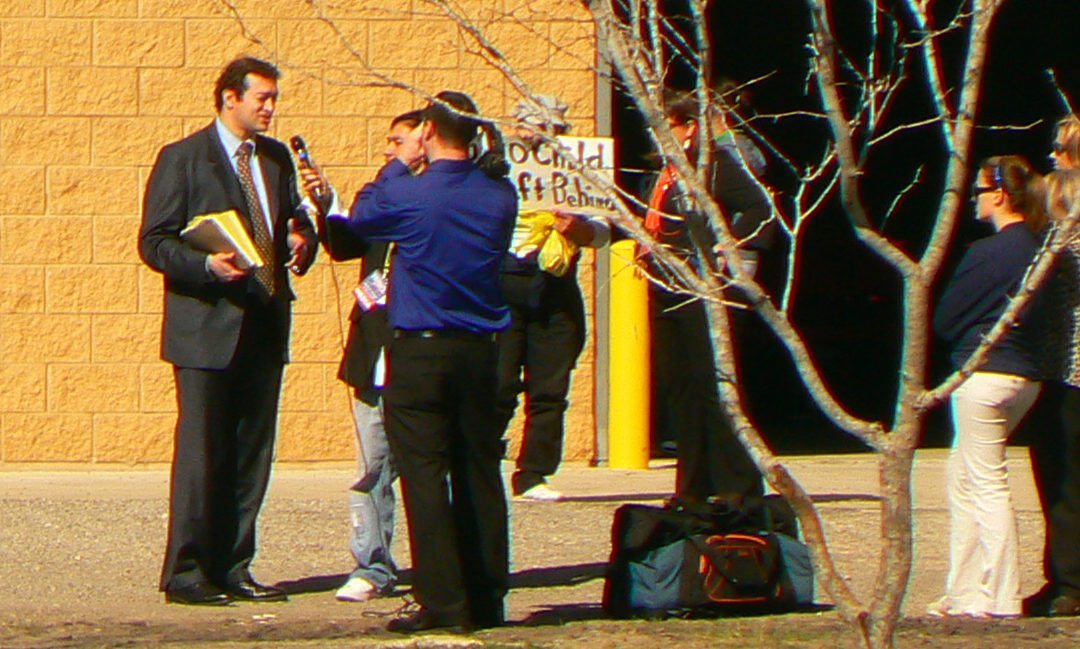Every time you send an email, make a phone call, address a crowd or shake a hand, you, the candidate, should ask for a vote and ask for a contribution to your campaign. You and your team should also be aware of any “moments” during the campaign that stand out as opportunities to make direct appeals for donations.
In this 4-part blog series, we’re going to show candidates how to effectively execute their campaign fundraising efforts.
- Part 1: Do I Need to Form a Campaign Finance Committee?
- Part 2: Making Political Campaign Fundraising Phone Calls
- Part 3: Campaign Fundraising Events: Are They Worth the Effort?
- Part 4: Don’t Let a Campaign Fundraising Moment Pass You By
What Do I Mean By a “Moment?”
An event or benchmark that can be shared to inspire supporters to invest in your campaign such as announcing your candidacy, revealing your 5 point plan to expand retail on Main Street, “winning” a recent debate against your opponent at the local Chamber of Commerce forum, or unveiling a list of educators who support your candidacy because of your vision to improve your public schools.
“Next Tuesday at 10:00am I will file the official paperwork to become a candidate for Alderman. Please help me kick off this campaign with the resources needed to spread my message of fiscal responsibility to the voters of this great city. Your contribution of $25, $50, $100 or more will make a difference in this contested race.”
“Did you hear me on WXYZ this morning talking about my vision to improve our public schools? If you agree with me, that providing real-world experiences out of the classroom through partnerships with local employers is a path to higher standards for our students and a broader employment pool for our businesses, please click here to invest in my campaign today.”
“It is that time of the campaign season when lawn signs pop up around town and voters showcase who they will be voting for this November. We have a campaign goal of placing 350 lawn signs around town but we can’t do this without your help. For every $25 contribution made before Friday, we can order 20 signs. Will you help us reach our goal?”
Campaign Infrastructure
Assuming you develop a fundraising mindset, it’s important to have the proper infrastructure in place to support it. The hard part is persuading voters to support you. When you succeed in doing that, it’s a shame if there are too many hurdles for them to jump in order make that contribution. Hopefully, you’ll have a fully functional website that’s designed and prepared to do this job. And you’ll also have a means for people to donate quickly and easily using a credit card.
We’ve developed a political campaign technology stack that spells out exactly how you can put all of this infrastructure in place.
Accepting Donations
At a minimum, you will definitely want to have a solution in place to accept donations (even if you don’t have a website yet). Both the Democrat and Republican parties also have their own donation systems that are connected with donor databases. Check with your state or local party to see what they have available in addition to the ones we’ll cover here.
You could always build your own donation mechanism using forms on your pages connected to PayPal or Stripe, but then you’ll have to manually collect all of the information if your state or locality requires you to report them (check your finance laws and/or ask your state or local party). But using a third party service for this makes everything a whole lot easier and gives you some great functionality you wouldn’t have otherwise.
One of our favorites is Anedote. After you create an account, you can easily embed forms on your website. They collect the required information, process the payment, and provide you with notification. They charge 3.9% plus $0.30 per transaction. But making it as simple, fast, and easy as possible for your donors will most likely pay for itself.
Once you sign up for Anedot (or any other comparable service), you instantly have a donation page available for your campaign. You can send out that link to supporters as part of fundraising campaigns right away. However, it’s always better to have a dedicated Donate page on your website that contains a form connected to your donation processor.
Social Media
Obviously, social media is a great tool for fundraising. However, people aren’t following you because they want to be bombarded with solicitations for donations. They want to know how you’re going to make a difference in the things they care about. That should be your top priority on social media. This is another reason why websites are so important: You can use social media to inform and engage your constituents while the website does the heavy lifting of soliciting donations.
We like to advocate an 80/20 rule that dictates (at least) 80% of your social media posts are about your audience and (at most) 20% are about you. If you’re careful to maintain this ratio, you should be able to have a healthy balance between maintaining your audience and soliciting financial contributions.
Image credits: Mr. Cruz gets interviewed courtesy of Terry Ross via Flickr.



